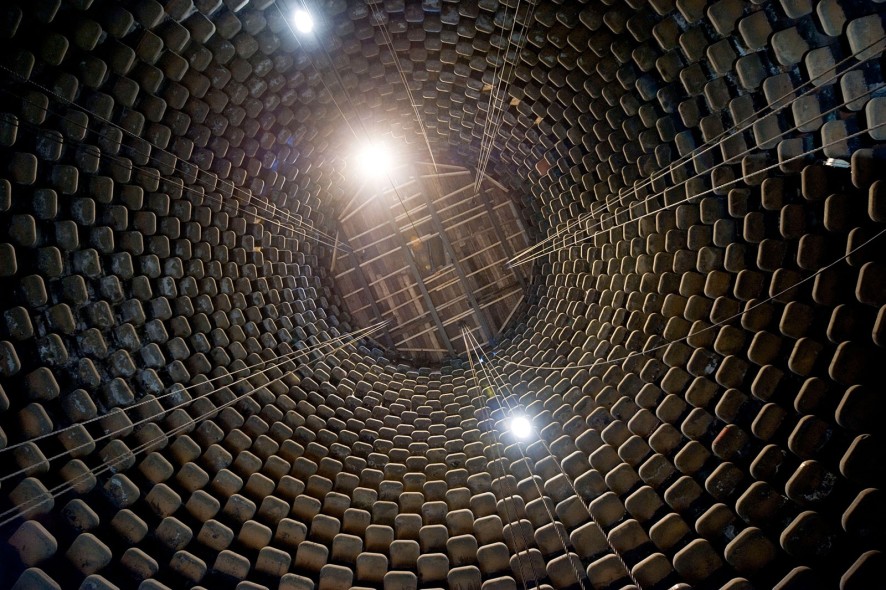News
thyssenkrupp Steel completes first H2 injection tests

thyssenkrupp Steel has successfully completed the first phase of the hydrogen tests at "Blast Furnace 9" in Duisburg. Several tests have been carried out on one of the blast furnace's 28 blow molds in the past few months, including some long-term tests. The company said it has gained important knowledge in order to expand the tests to all blow molds in the next step and to transfer the technology to large-scale industrial use. The injection tests are part of the climate strategy with which the company aims to reduce its CO2 emissions by 30% by 2030.
Development work successful: tests confirmed industrial suitability
On November 11, 2019, thyssenkrupp Steel was the first company worldwide to blow hydrogen into a running blast furnace. The hydrogen replaces coal dust as an additional reducing agent. The goal: to reduce CO 2 emissions - unlike carbon, the hydrogen in the blast furnace does not react to CO 2 , but to water. The project is funded by the state of North Rhine-Westphalia as part of the IN4climate.NRW initiative, scientifically supported by the VdEH Business Research Institute (BFI) and supported by Air Liquide through the provision of hydrogen.
The focus of the first test phase was in particular on knowledge about the system technology under the conditions of the use of hydrogen. For this purpose, the injection of the gas was tested in one of the 28 blow molds of "Blast Furnace 9" at the Duisburg location. Thanks to continuous data collection and analysis during the tests, some of which last 24 hours, the team was able to collect a great deal of information, for example on the positioning of the hydrogen lance in the furnace, the flow and pressure conditions and the interactions between higher temperatures and system technology. The data collected were used to optimize the hydrogen technology with each subsequent attempt. The planned injection volume of around 1,000 m³ hydrogen per hour was also achieved in the tests.
"The development of hydrogen technology at blast furnace 9 is an important part of our transformation to a climate-neutral smelter," said Arnd Köfler, Chief Production Officer at thyssenkrupp Steel. "In this way we can make the classic, coal-based blast furnace process significantly lower in CO2 . This is followed by the next decisive step towards climate neutrality: The construction of direct reduction plants that are purely hydrogen-based and can be operated entirely without coal."
Technical bases created for expansion to all blow molds
In the second test phase, the tests will be extended to all 28 blow molds of the blast furnace in order to pave the way for industrial use. Research will then focus on the influence of hydrogen technology on the metallurgical processes in the blast furnace. The second phase is to start in 2022, a little later than originally planned due to the corona pandemic. While the hydrogen for the first test phase was still delivered by truck, the quantities required for the second phase make a pipeline necessary.
The federal government has announced funding for the second phase as part of the real-world laboratory program.
A corresponding letter of intent to supply the blast furnace from Air Liquide's hydrogen pipelines has now been concluded. Air Liquide has already accompanied the first project phase and intends - subject to the approval of funding - to invest in a new pipeline between the blast furnace and the existing hydrogen pipeline.

